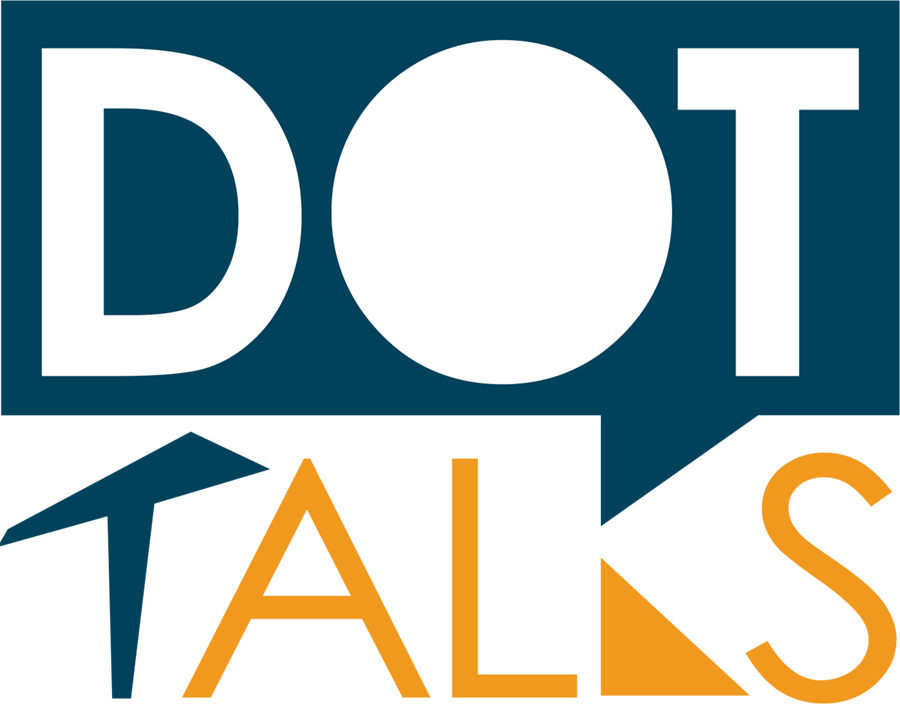Whether you are a housewife, student, businessman, teacher, politician or religious leader; we all love stories to share and hear as well. Storytelling is not a new concept to mankind. It is as old as civilization is! Today our life is influenced by stories in different form like Movies, books, music, news media, religions, architecture, and painting. Although the methods have changed, the desire to tell and hear stories has remained unchanged, and still greatly impacts the way we look at life.
As a social being connecting with another person is one of the highest forms. The best way to connect with people is through storytelling. When someone is listening to your story that means that person’s brain wave matches your brainwave. If you are telling a story with a familiar structure, then your listener’s brain actually anticipates what you are going to say next. We all want to be in sync with other people. It’s how we communicate well with others and this is why good storytelling is so powerful. When we communicate and it works that means we are laterally aligned with one another.
In ancient times storytellers usually combined oral tales with gestures, expression and music. Some archaeologist believes rock art has served as a form of storytelling in ancient cultures.
The Australian aboriginal people painted symbols from stories on cave walls as a means of helping the storyteller to remember the story. The story was then told using a combination of oral narrative, music, rock art and dance, which bring understanding and meaning of human existence through remembrance and enactment of stories. People have used the carved trunks of living trees and ephemeral media (such as sand and leaves) to record stories in pictures or with writing. Complex forms of tattooing may also represent stories, with information about genealogy, affiliation, and social status.
With the advancement of writing, stories were recorded, transcribed and shared over wide regions of the world. Stories have been carved, scratched, painted, printed or inked onto wood or bamboo, ivory and other bones, pottery, clay tablets, stone, palm-leaf books, skins (parchment), bark cloth, paper, silk, canvas and other textiles, recorded on film and stored electronically in digital form.
Storytelling can add life in teaching and learning process since the stories are not just for literary narratives but can be used to illustrate even the most complex and abstract concepts (e.g., math and science). It doesn’t matter whether a student is in the primary level or university level, brilliant or average story will put the same impact on students. Teachers can use stories to grab the attention of the students easily. Stories can also help students to understand the complicated topics easily. If the students start liking the stories they will wait eagerly for the respective teacher’s lecture and they will pay more attention which will also help the teacher to develop a bonding with the students.
In this cut-throat competition, one of the toughest tasks is to connect with the prospectus. So the entrepreneurs who can sell their stories can also sell their products conveniently. Stories often work better, because humans don’t always make rational decisions. Generally people care the most about the things that touch, move and inspire them. Stories often work better, because humans don’t always make rational decisions. This is the reason why most of the successful entrepreneurs use stories to connect people with other people, businesses, brands, products, and their dreams. And businesses cannot succeed without this connection. You need to tell stories to pitch an idea of the problem you are solving. For a successful marketing campaign and branding, one needs a cohesive story.
Most good political leaders excel at storytelling, they are interested in other people’s stories and therefore they enjoy the entire communication cycle. To get to this level, candidates need to tell an authentic story about who they are, about where they see their community, or their country, or the world going. Political campaigning continues to grow the way we influence each other, creating a scenario which allows us to hear a specific opinion or reaction.
The first time a child hears a story at home, either from mother, father grandparents other relatives. The people those who share the stories are those people who love the child so much and as well as whom the child believe blindly. Similarly when the child grows into an adult still he/she has the same emotional touch with everyone who ever share a story with him/her.
Storytelling only takes ten minutes a day, and kids always look forward to that special time before bedtime with mom or dad. Stories also help the child in character and personality development.
Many people think that the art of storytelling is something difficult and complex, it is only for professional but one thing we forget that every day we share information, messages, stories with our friends, relatives, sometimes even with the strangers also. So, next time when you share stories remember that you are practicing one of the oldest traditions on the planet.












